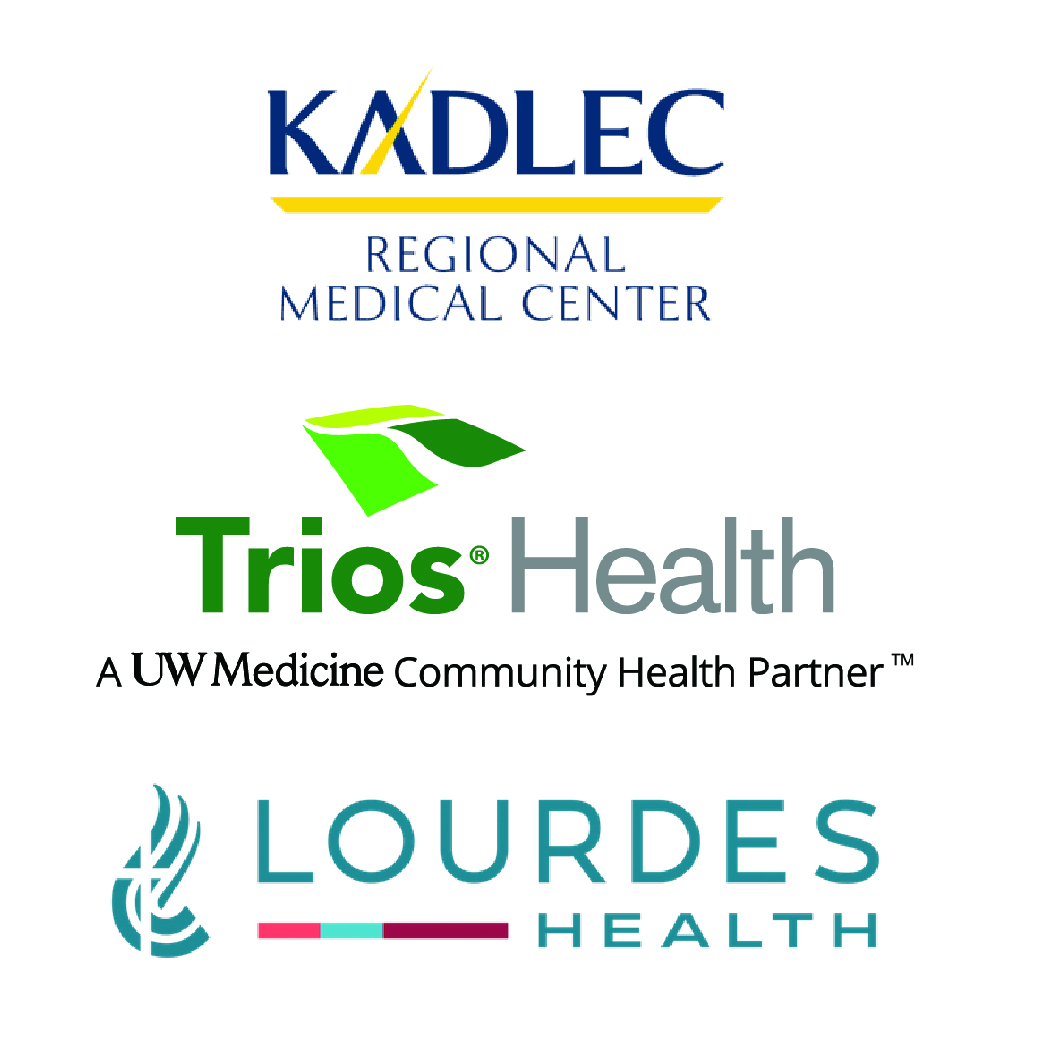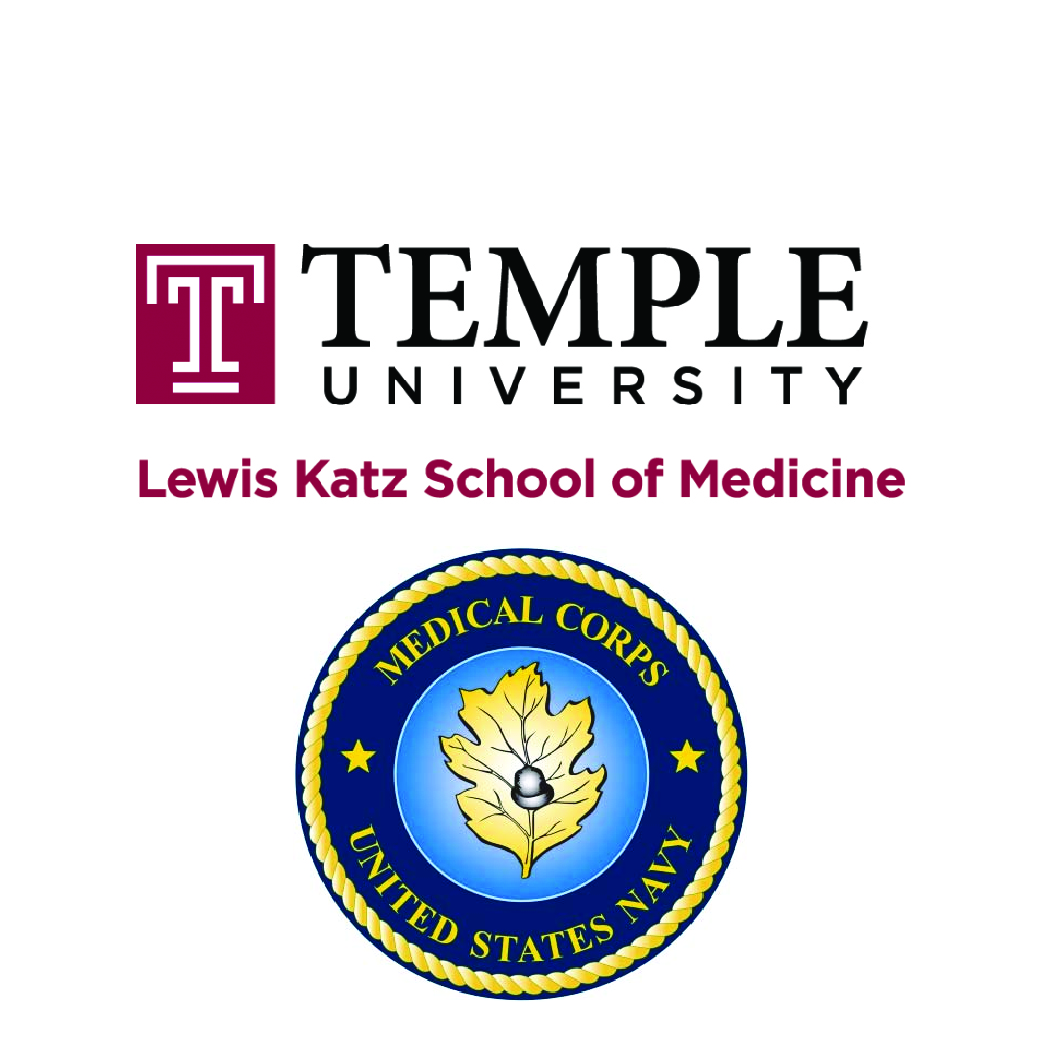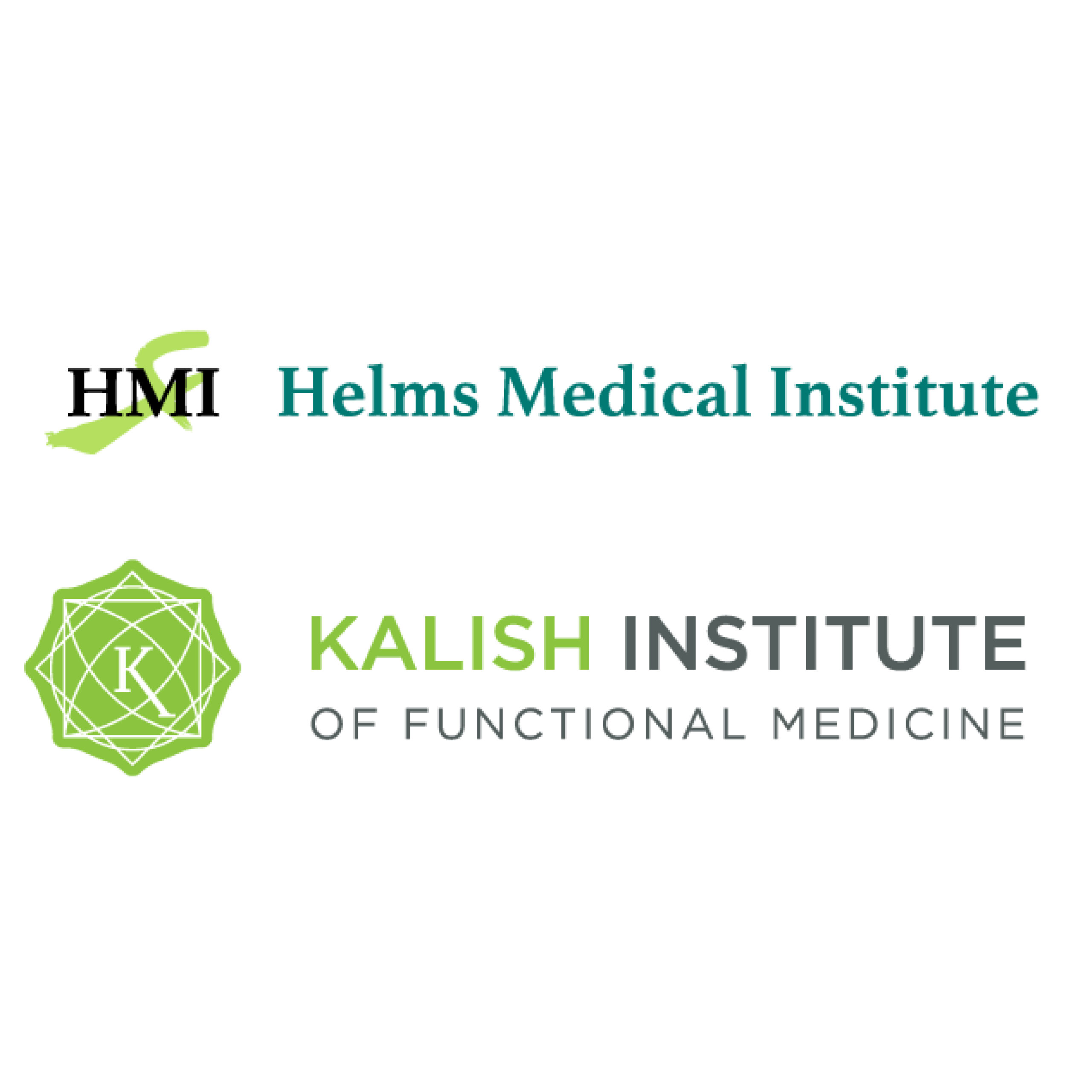Education. Treatment.
Prevention.
Prevention.
Providing patients and healthcare providers the latest evidence-informed, balanced insights on state-of-the-art conventional oncology treatments, natural and complementary therapies, functional medicine and anticancer lifestyle changes.
Dr. Brian Lawenda
Radiation & Integrative Oncologist
Dr. Lawenda At A Glance
Dr. Brian Lawenda is a U.S. News & World Report “Top Doctor,” Harvard-trained radiation oncologist, Stanford/UCLA-trained medical acupuncturist, integrative oncologist, functional medicine practitioner, and former Commander, in the U.S. Navy. He is a frequently invited lecturer and author of a wide range of oncology articles and chapters in numerous academic journals and textbooks. This extremely unique and broad background has shaped Dr. Lawenda’s evidence-informed and balanced approach to patient education, cancer prevention, and treatment employing state-of-the-art conventional oncology interventions, natural and complementary therapies, and anticancer lifestyle changes. His passion is evident in his care of each patient and his goal to improve the quality of life and outcomes for those around the world who visit this site. He is the Medical Director for GenesisCare (Kennewick, WA and Hermiston, OR).
Dr. Lawenda’s Academic Training/Education Institutions and Hospital Affiliations



